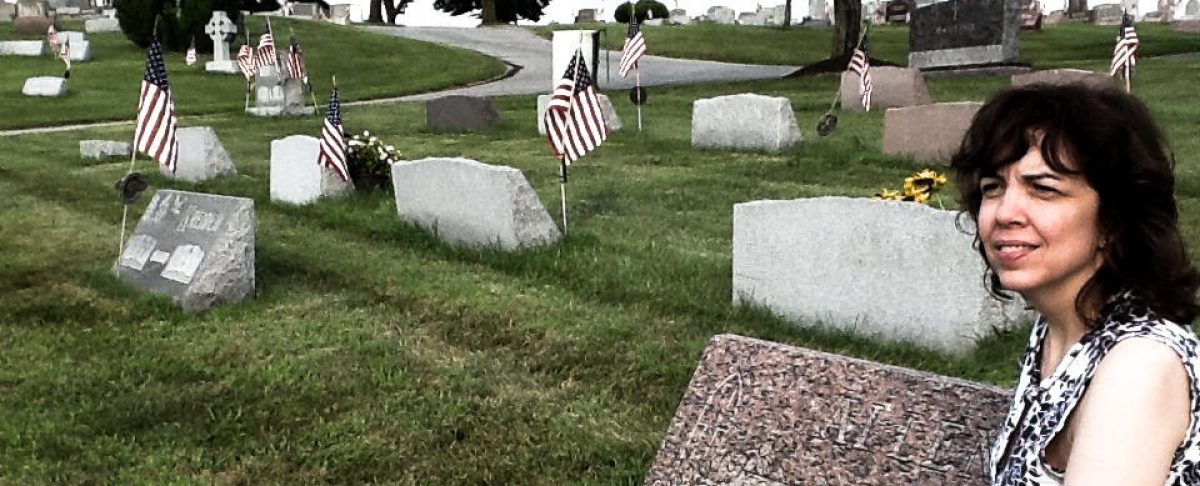In Memory of Dad …
I remember “chasing trains” with Dad when we were kids. I was too small to remember Cass Scenic Railroad in West Virginia, but I’ve seen photos of my brother Jeff and me wearing funny hats. I do remember visiting railroads closer to home when I was older — Strasburg Railroad and the Lehigh Gorge Scenic Railway in Jim Thorpe.


Riding a steam train was exciting as a kid, but obviously for Dad too, as he never lost his childlike wonder about trains. In fact, I imagine that one of the reasons Dad wanted to work at Ted Black Advertising was its proximity to the railroad tracks used by the Lebanon Valley branch of the Philadelphia and Reading Railroad.
As a child, I remember Dad taking me along to his office in that old house on North Fifth Street when he had to catch up on work. On one occasion when Dad was developing his photographs in the basement darkroom, I became uneasy drawing alone in the muffled quiet of the conference room — I felt some sort of presence so was sure that someone else was in the house with us! Dad then shared the story of the ghost who could be heard wandering the house late at night, watching for the Reading Railroad’s steam locomotives that no longer ran on the tracks below the house. The ghostly inhabitant that Dad reported hearing when working those late nights was consummate “railroad man” William Dechant, who worked on that railroad in the 1880s and later built that house alongside the railroad tracks. I think my Dad would have enjoyed knowing him!






